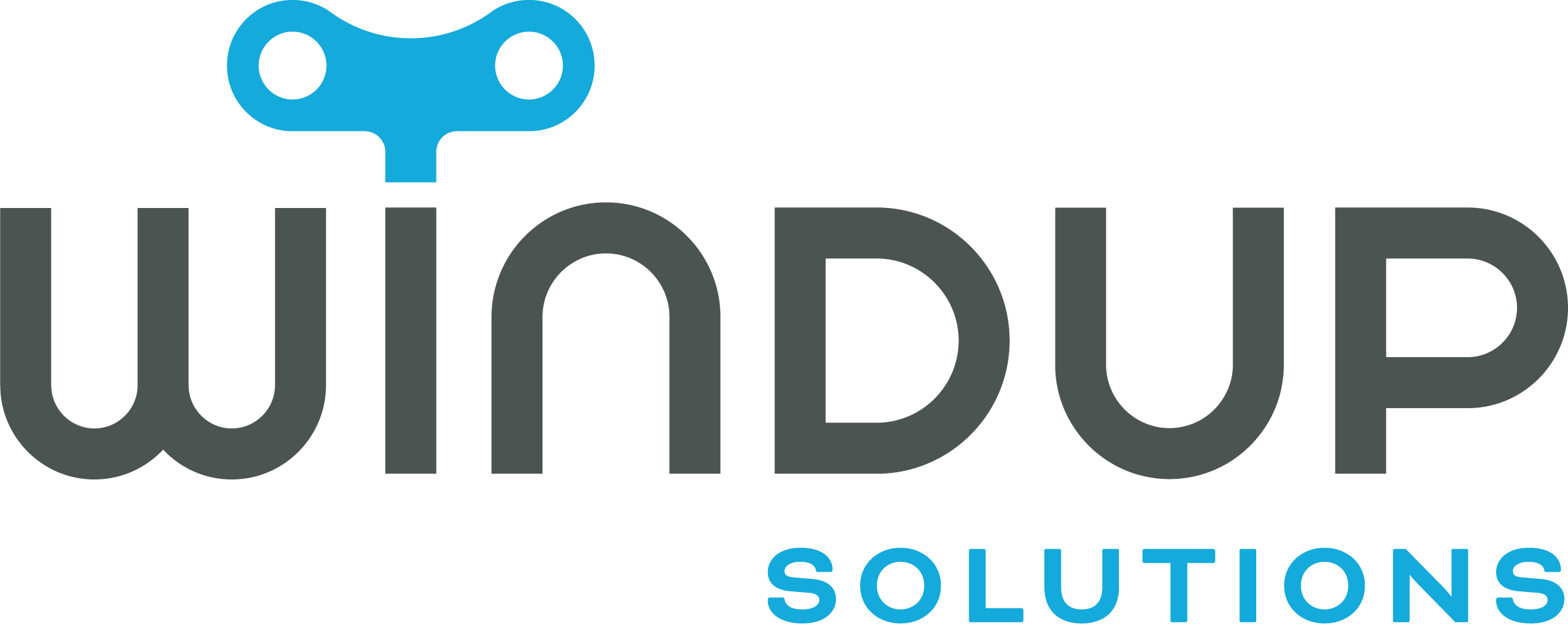
As businesses evolve to meet the demands of a modern workforce, Virtual Desktop Infrastructure (VDI) has emerged as a powerful tool to streamline IT management, enhance security, and increase flexibility.
For small and medium-sized businesses (SMBs) with 150-500 employees, VDI can significantly reduce IT costs while providing employees the flexibility to work from anywhere securely.
Here’s a comprehensive guide on what your business needs to do to implement VDI effectively, ensuring a seamless transition to a virtual environment.
Step 1: Assess Your Business Needs
Before diving into the implementation process, it’s essential to assess whether VDI is the right fit for your business. A thorough analysis of your current infrastructure, workforce requirements, and future goals is critical to making an informed decision.
- Workforce Size and Remote Work: Consider the size of your workforce and how many employees would benefit from remote or hybrid work environments. Businesses with significant remote or mobile workforces can see substantial benefits from VDI, as it allows employees to access their workstations securely from any location.
- Current IT Challenges: Evaluate the problems your business is facing with its current IT setup. Are you dealing with aging hardware that requires frequent upgrades? Is your IT team spending too much time managing individual devices? VDI can centralize desktop management, significantly reducing the maintenance load.
- Security Concerns: If your business handles sensitive information, such as financial data or client details, VDI can enhance security by keeping all data within a controlled environment rather than spread across multiple devices.
Windup Solutions can help you assess these factors and provide tailored recommendations on whether VDI is the best solution for your business.
Step 2: Choose the Right VDI Solution
Once you’ve determined that VDI is a good fit for your organization, the next step is selecting the right VDI platform. Solutions like Citrix DaaS (Desktop as a Service) and Citrix Virtual Apps and Desktops (CVAD) are among the most popular choices for businesses. However, choosing between different VDI options depends on your business’s specific needs.
- Cloud-Based vs. On-Premise: Cloud-based VDI solutions, such as Citrix DaaS, allow you to host desktops and applications in the cloud, reducing the need for physical servers and hardware. This is ideal for businesses looking for scalability and flexibility without maintaining their own data centers. On the other hand, an on-premise solution like CVAD allows you to retain more control over your infrastructure while still benefiting from centralized desktop management. The choice depends on whether you want full control of your infrastructure or the scalability and reduced overhead of cloud-based solutions.
- Scalability: If your business is growing, it’s essential to choose a VDI solution that can easily scale. Citrix solutions offer both cloud-based and hybrid options, allowing businesses to adjust the number of virtual desktops as their needs evolve without significant additional costs.
- User Experience: Both Citrix DaaS and CVAD provide excellent user experiences, offering consistent performance regardless of location or device. This ensures that employees can access their desktops seamlessly from anywhere, improving productivity across the board.
Selecting the right VDI solution is a crucial decision that requires expert guidance. Windup Solutions can assist in comparing and selecting the solution that best fits your business needs.
Step 3: Plan the Transition
Implementing VDI is not an overnight process. Transitioning from physical desktops to virtual desktops requires careful planning to ensure business continuity and minimize downtime. Here’s what your business needs to focus on when planning the implementation:
- Inventory and Compatibility Assessment: Start by taking an inventory of your current desktops, applications, and data. Determine which applications need to be virtualized and ensure they are compatible with the new VDI environment. Not all legacy applications may work seamlessly in a virtualized environment, so identifying potential challenges early on is crucial.
- Network Infrastructure: VDI places a higher demand on your network infrastructure since employees will be accessing virtual desktops through the internet or a local network. You’ll need to evaluate whether your current network can handle this increased traffic. Investing in higher bandwidth and reducing latency should be part of your preparation.
- Pilot Rollout: Implementing VDI across your entire organization at once is risky. Instead, start with a small pilot phase. Select a small group of employees or a specific department to test the new system and gather feedback. This allows you to identify any issues early on and make necessary adjustments before a full-scale rollout.
Windup Solutions specializes in helping businesses create a customized transition plan that minimizes disruption and ensures a smooth implementation.
Step 4: Secure Your Virtual Environment
While VDI inherently improves security by centralizing data, implementing additional security measures is vital to ensure your virtual environment remains protected from potential threats. Here are the key areas to focus on:
- Multi-Factor Authentication (MFA): Implementing MFA ensures that only authorized users can access your virtual desktops. By requiring two or more verification steps, such as a password and a mobile authentication app, MFA adds a crucial layer of security.
- Encryption: All data transferred between virtual desktops and the cloud or data center should be encrypted to protect against interception. Citrix DaaS and CVAD offer built-in encryption features that safeguard sensitive information.
- Access Control Policies: Centralized policy management allows you to control which users can access specific applications and data. This ensures that sensitive information is only accessible to those who need it, reducing the risk of data breaches.
- Compliance: If your business operates in a regulated industry (e.g., healthcare or finance), maintaining compliance with standards such as HIPAA or GDPR is essential. Citrix provides compliance management tools to help businesses meet regulatory requirements.
At Windup Solutions, we help businesses implement robust security measures within their VDI environment, ensuring your data remains safe and compliant.
Step 5: Rollout, Test, and Train
With your VDI solution chosen, planned, and secured, it’s time to roll it out across your organization. However, full implementation requires thoughtful testing and employee training to ensure success.
- Test the System: Before deploying VDI company-wide, monitor performance during the pilot phase. Check for potential issues such as latency, application compatibility, and overall system performance. Address these problems early to avoid disruptions during the full rollout.
- Employee Training: Your employees will need training to effectively use the new VDI system. Training should include how to log into the virtual environment, how to access applications, and how to troubleshoot basic issues. The better trained your employees are, the smoother the transition will be.
- Phased Rollout: Once the pilot phase is successful and feedback is positive, begin gradually rolling out VDI to the rest of the organization. This phased approach allows IT teams to manage any unforeseen issues without overwhelming the system or the workforce.
Windup Solutions provides hands-on support during the rollout and offers training services to ensure your team is equipped to make the most of your new VDI solution.
Key Takeaways:
- Assessment of Business Needs: Understanding your business’s unique requirements is the first step toward a successful VDI implementation, including evaluating scalability and remote work needs.
- Choosing the Right Solution: Selecting the appropriate VDI solution, such as Citrix DaaS or Citrix Virtual Apps and Desktops, ensures optimal performance and flexibility for your business.
- Planning the Transition: A phased approach to VDI deployment, including a pilot program, minimizes disruptions and allows for smooth integration with your existing systems.
- Ensuring Security: Implementing strong security measures like multi-factor authentication and encryption is crucial for protecting data and maintaining compliance.
- Ongoing IT Management: VDI simplifies IT management through centralized control, making it easier to manage updates, security patches, and user access.
